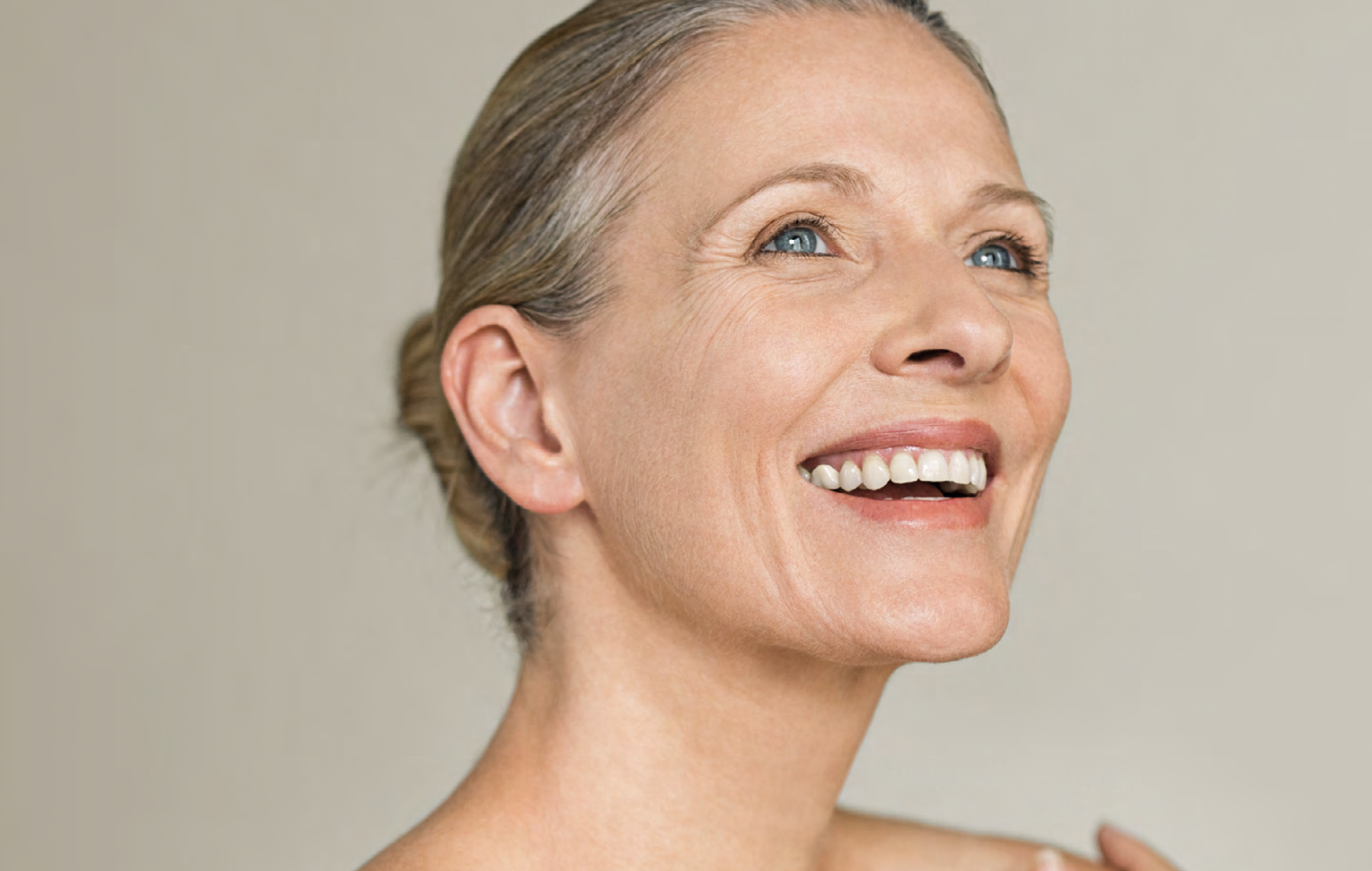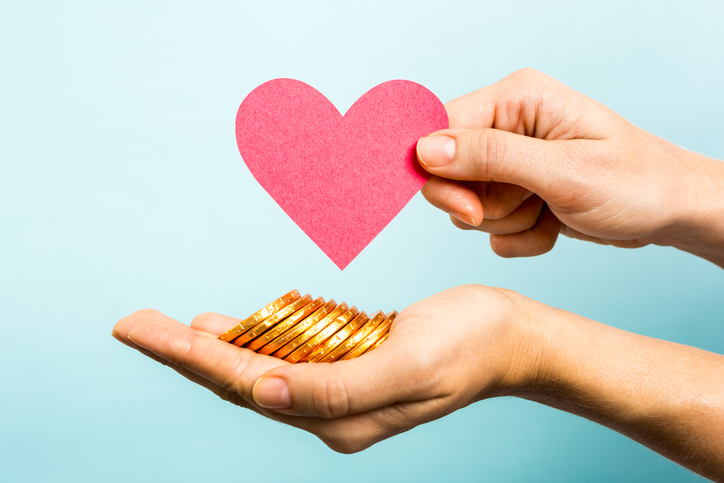By Jacqueline Simoneau
A massage can help you get back on track, both physically and mentally; here’s a brief overview to help you figure out what you need.
While a massage can be a relaxing luxury, the practice is being used more and more for its therapeutic benefits. According to one survey, 80 per cent of respondents who saw a massage therapist did so to address health problems.
That’s not surprising. Several studies have shown that a targeted massage from a well-trained therapist offers many benefits to the body and mind. In addition to reducing stress and anxiety, massage can help with musculoskeletal pain—such as that caused by osteoarthritis, fibromyalgia, sprains, migraines, and back, neck, or shoulder aches— digestion, mobility, and more.
“Massage therapy is a complementary approach that’s geared to health and well-being,” says Christine Michaud, a certified massage therapist. “It doesn’t replace medical treatment but is part of a holistic approach to certain ailments in tandem with other health disciplines such as medicine, nursing care, and physiotherapy to reduce symptoms and improve quality of life.”
It’s important to choose a recognized massage therapist and to fill out the health questionnaire during the consultation, especially if you have a health problem. “This information makes it possible to identify any contraindications against massage or to adapt it to the person’s needs, age, and condition,” says massage therapist Linda Mongeau, chair of the board of a Quebec network of professional massage therapists. You should also discuss massage therapy with your doctor.
Most techniques are done on a massage table. The person getting the massage generally keeps their underclothes on and is covered by a sheet, with the therapist uncovering only the part of the body being worked on.
Here are five of the most popular types of massage, each of which has specific advantages.
Swedish Massage
What is it? It’s a series of techniques—effleurage (light touch), kneading, and foulage (thumb kneading)—applied mainly to the muscles and joints. “The massage therapist uses oil so the movements are fluid,” Mongeau explains. “It always starts gently to warm up the muscles, and then the rhythm and the depth of the techniques change based on the client’s needs and comfort. It ends gently.” Each part of the body is massaged separately.
The benefits. Swedish massage rehabilitates tired or aching muscles and soothes musculoskeletal pain related to physical activity, stress, or muscle tension. It lubricates joints, improves circulation, restores mobility, and increases range of motion. It also combats fatigue, anxiety, insomnia, migraines, and constipation.
Who is it for? Athletes, active people, and those who are under stress especially value it, as do those who have chronic pain or want to regain some flexibility.
Shiatsu Massage
What is it? This Japanese style of massage based on ideas derived from Chinese medicine involves exerting varying degrees of pressure with the thumbs, palms, and elbows to specific acupuncture points along “meridians”—where energy is thought to flow—to restore the body’s energy balance. Each point theoretically corresponds to a specific organ. “In addition to pressure, the massage can include other movements, such as stretches and joint mobilizations,” Michaud says. “The massage is done over clothing or directly on the skin. It is done without oil on a mattress on the floor or on a low table.”
The benefits. By removing “blocked energy,” Shiatsu is said to help to regulate the circulation of energy along the meridians and to stimulate mental and physical vitality. It can also help to relieve certain ailments, such as stress, anxiety, fatigue, insomnia, constipation, and headaches. It improves breathing and increases resistance to infections and diseases.
Who is it for? Practitioners say shiatsu works wonders for people dealing with fatigue, stress, seasonal affective disorder, jet lag, insomnia, and digestive trouble.
Lymphatic Drainage
What is it? This gentle massage technique is intended to stimulate the lymphatic system to improve the circulation of lymphatic fluid and help move it to the lymph nodes. “The lymph nodes’ main function is to remove toxins that build up in the lymphatic system and get rid of any extra fluid to prevent tissues from becoming engorged,” Michaud says. “Done without oil and directly on the skin, this technique involves applying circular pressure—creating a pumping effect—on the skin’s surface with the palms of the hands and the fingers by following the routes of the lymph vessels.” Subdued lighting and soft music usually accompany lymphatic drainage.
The benefits. Lymphatic drainage reduces the feeling of heaviness in the legs and swollen limbs. Since it acts directly on the autonomic nervous system, it’s also effective in cases of stress and fatigue. It can also stimulate the immune system, accelerate healing following an injury or surgery, act on the intestine, and relax the body. It can even reduce the appearance of cellulite and stretch marks.
Who is it for? It’s particularly helpful for people dealing with swollen limbs or leg heaviness. It’s also suitable for those with digestion problems such as constipation or slow digestion.
Lomi-Lomi Massage
What is it? This gentle massage originated in Hawaii. “The sweeping and fluid motions, imitating waves that come and go, are done all along the body,” Mongeau says. “The techniques are done mainly with the forearms, right on the skin.” Lomi-Lomi is done with warm scented massage oil, sometimes with Hawaiian music playing in the background—super relaxing.
The benefits. In addition to providing a sense of overall well-being, Lomi-Lomi is said to improve blood and lymphatic circulation, help to eliminate toxins, reduce stress and anxiety, soothe muscle tension, improve mobility, stimulate bowel function, improve sleep, and reduce lower-back and joint pain.
Who is it for? It’s especially for those dealing with anxiety, stress, or joint and muscle problems. It’s also recommended for those who want to improve their blood and lymphatic circulation and eliminate toxins.
Deep-Tissue Massage
What is it? At first glance, it resembles Swedish massage. Both are intended to benefit the musculoskeletal system, but unlike Swedish massage, which works on the skin’s surface, this massage goes deeper. The motions are slower, and the techniques and pressure are firmer to reach the deep layers of the muscles and the surrounding connective tissue. The therapist works directly on the skin, without oil, on the whole body or only on the problem area. According to Michaud, this type of massage can be uncomfortable and even painful for some people. Upon request, the therapist will adjust the pressure and intensity.
The benefits. It reduces tension and contractions, relieves pain, reduces stiffness and improves mobility. It can also promote faster healing following a musculoskeletal injury by increasing blood flow and reducing inflammation. And it helps to release adhesions that form after a musculoskeletal injury.
Who is it for? Deep-tissue massage is popular among athletes and those who are physically active, but it’s also appropriate for those with chronic pain (such as low-back pain or fibromyalgia) or limited movement. It also appeals to people who need help with tension.





